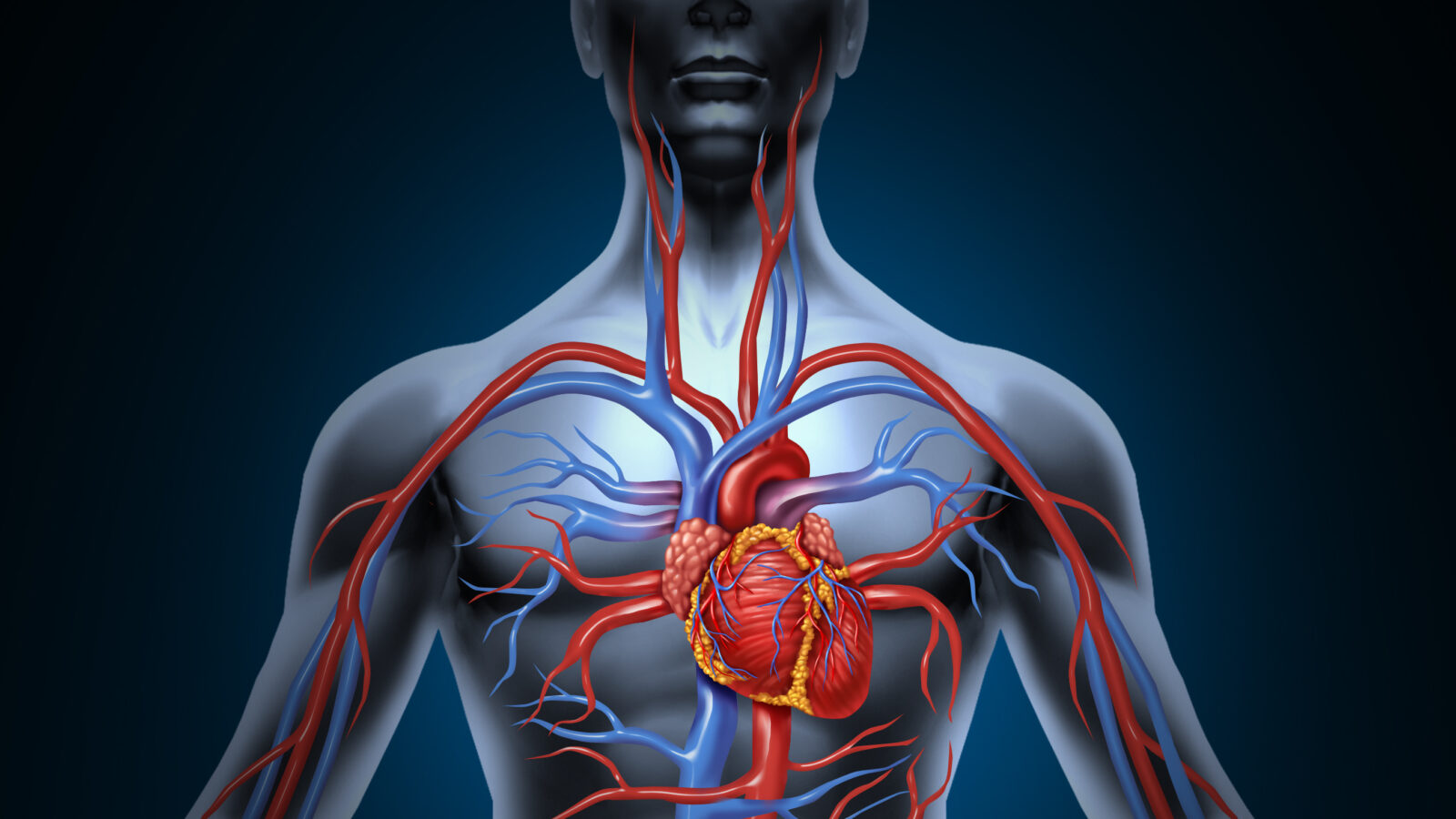Mitochondrial fission, cardiovascular remodeling and dimethylarginine dimethylaminohydrolase 2
Roman Rodionov, TUD, University Hospital Dresden; Manuel Mayr, King’s, British Heart Foundation
Research area: Cardiovascular medicine
Cardiovascular remodeling in response to hypertension is a not fully understood process associated with structural and functional changes in the cardiomyocytes, endothelial cells, smooth muscle cells, and in the extracellular matrix. While this initially causes an adaption of the heart to the increased blood pressure over the long term it can lead to heart failure and organ damage. Recent science suggests mitochondrial fission as a key contributor to the development of myocardial and aortic remodelling. Dynamin related protein 1 (Drp1) promotes mitochondria dividing through being phosyphorylated by dimethylarginine dimethylaminohydrolase (DDAH2), an enzyme that is strongly expressed in mouse heart and aorta. The enzyme gets translocated into mitochondria after infusion of a certain hormone, angiotensin II. The goal of the current proposal is to test the hypothesis that the DDH2-Drp1 signalling pathway plays a major role in regulation of cardiovascular remodelling. We hypothesize that deletion of DDH2 will attenuate both myocardial and aortic remodelling. Roman Rodionov and Manuel Mayr will investigate the angiotensin II-induced mitochondrial fission in mice and cultured endothelial smooth cells.


